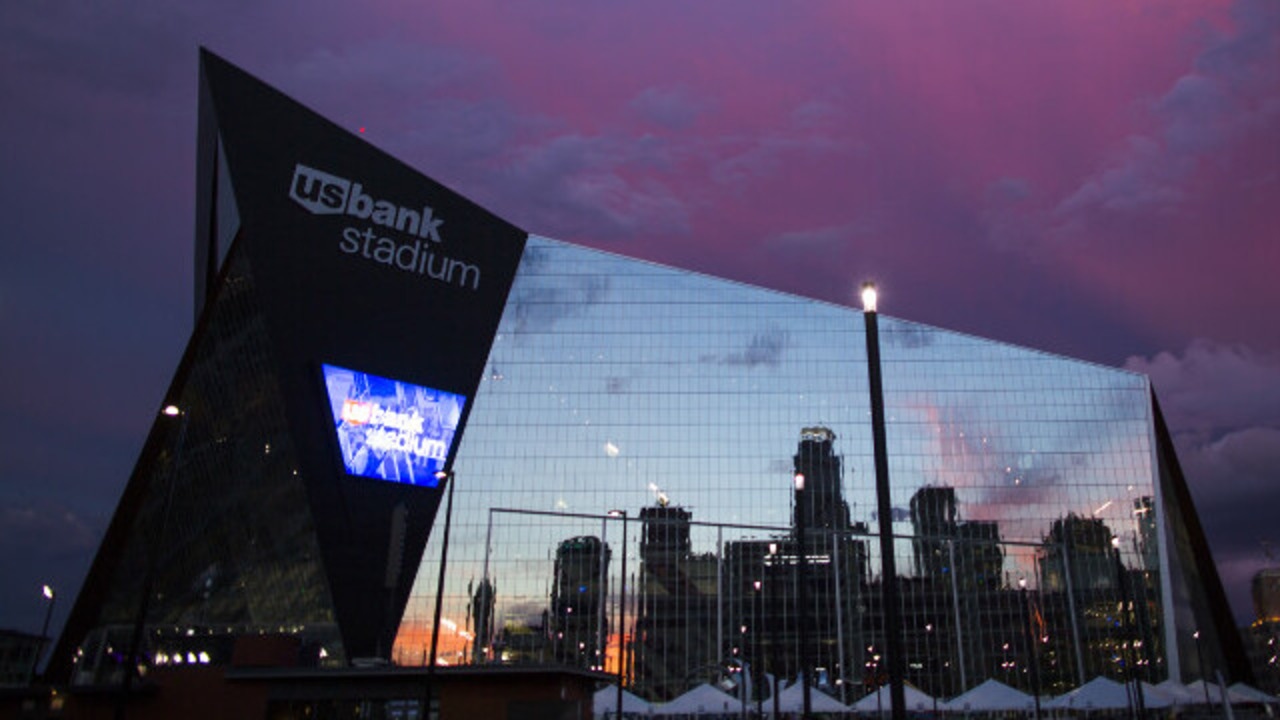How one vote saved the Minnesota Vikings
[anvplayer video=”5165475″ station=”998122″]
When the roof collapsed on the Hubert H. Humphrey Metrodome from heavy snowfall in 2010, the clock was ticking on the state losing the storied Minnesota Vikings NFL franchise.
After a high-stakes political showdown at the state capitol, the Vikings agreed to pay $600 million, state taxpayers would fund another $350 million and the city of Minneapolis would pay out $150 million to build what would be known as U.S. Bank Stadium on the city’s east end of downtown.
R.T. Rybak was the mayor of Minneapolis at the time and he told 5 EYEWITNESS NEWS he wanted a $150 million renovation of Target Center to be part of the stadium deal, or the city was backing out. Rybak saw it as a necessary move to also help keep the Minnesota Timberwolves from leaving.
“There was a very tough meeting at the Governor’s office that I remember where I pretty much had to say ‘If you don’t let us take Target Center off the city tax rolls, I am walking out of here and we’re not getting a Vikings stadium,’” said Rybak. “And, that could have happened, but I am glad people saw the light.”
But, despite the vote of approval at the capitol in early May 2012, the new stadium could not be built if a majority of the 13 members of the Minneapolis City Council did not vote to approve it.

U.S. Bank Stadium, courtesy of the Minnesota Vikings and Jon Ekstrom
With just two weeks before a final vote by the city council, there was an 8-5 opposition on the city council and then-City Council President, Barb Johnson, had the challenge of getting a 7-6 majority vote or the stadium deal was off and the Vikings were likely headed to Los Angeles, California.
Former Governor Mark Dayton told 5 EYEWITNESS NEWS he was counting on Johnson to deliver a 7-vote majority.
“The Vikings, whose lease was up, made it very clear that they were not going to sign another lease. So, it was do it or lose the Vikings. I sure didn’t want that on my watch and I don’t think Minnesotans wanted that either, overall,” said Dayton. “We were depending on Barb to get it through, you know, the Minneapolis City Council is a jungle unto itself.”
Barb Johnson is the longest-serving president on the Minneapolis City Council. Johnson had two weeks to take that 8-5 “no” vote and turn it into a 7-6 “yes” vote.
“Well, you’re nervous. Very, very nervous. I put myself on the line and the Governor, you know, was pushing us to get this done,” said Johnson.
Johnson said she was focused on the seven city council members she thought she could get to vote in favor of the stadium deal, and left the opposition votes alone.
“Oh, no. Why would you waste your breath, you know?,” said Johnson. “The governor flattered those seven possible ‘yes’ votes by inviting them to a breakfast at the Governor’s residence and he let them know how important it was for Minneapolis.”
Governor Dayton told KSTP his pitch to city council members was the fact that stadium construction would mean 6,000 jobs and great future possibilities for economic development on the east side of the city’s downtown.
“I do. I do remember the breakfast. I didn’t cook it, but I hosted it, yes,” said Dayton. “U.S. Bank Stadium, we argued, was going to bring enormous private sector investment which it has. About $2 billion dollars worth last time I looked. Right into east Minneapolis — a relatively blighted area of Minneapolis.”
Johnson said she recruited the building and trades unions to help her lobby city council members as well, and it was not until two days before the final vote that she thought she finally had secured a 7-6 count in favor of building the new stadium.
On May 25, 2012, those votes came through and the city clerk read off the votes with a final tally of 7-6 in favor of the deal to build U.S. Bank Stadium.
“All these people could change their minds. And so, right up until we took the vote, my heart was pounding, you know. It was nerve wracking,” said Johnson.